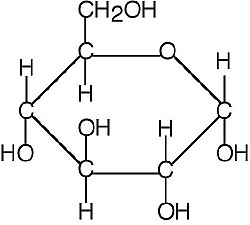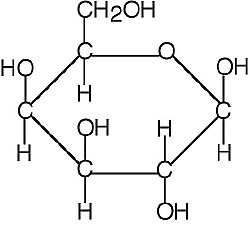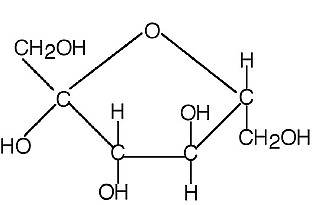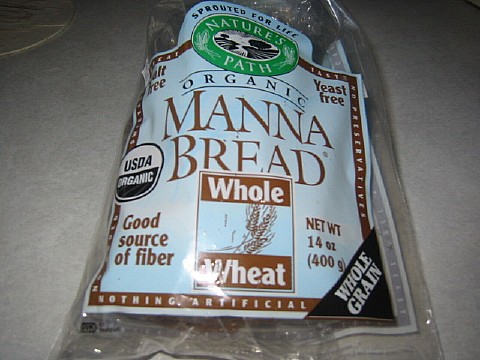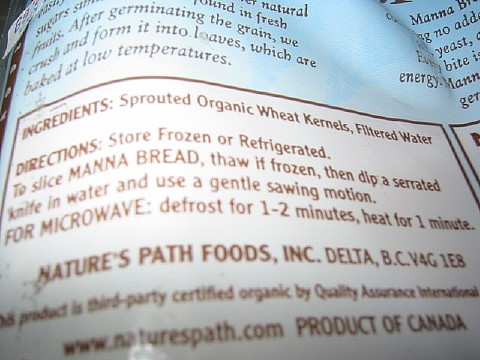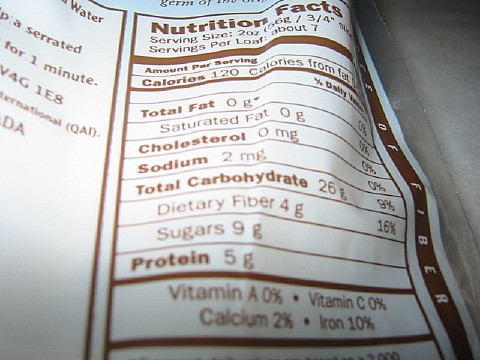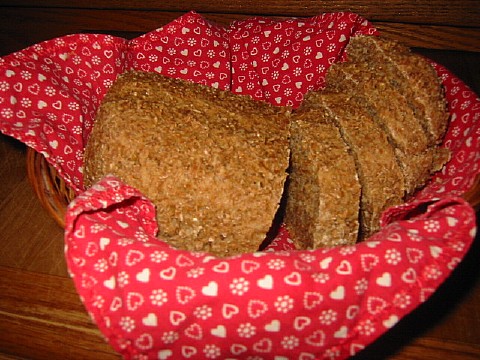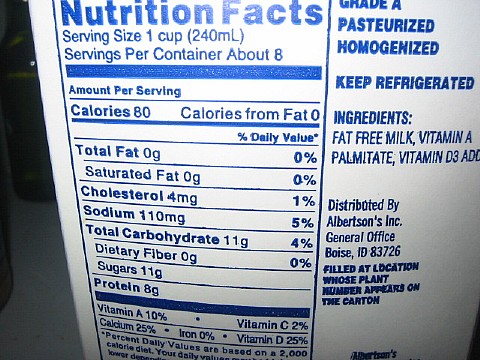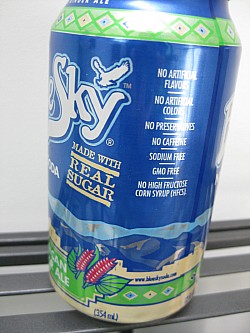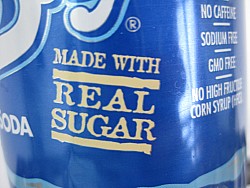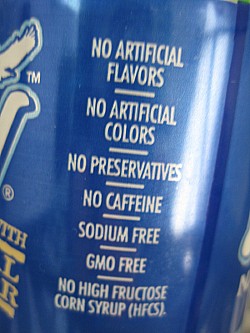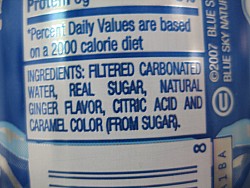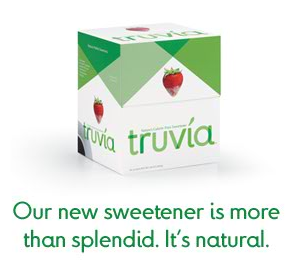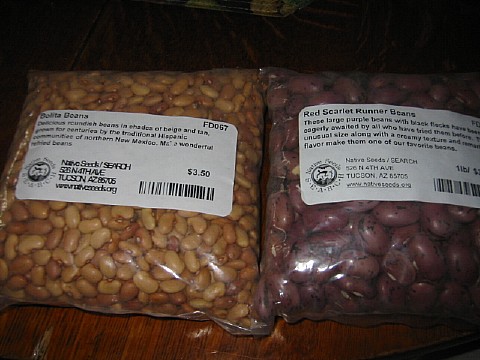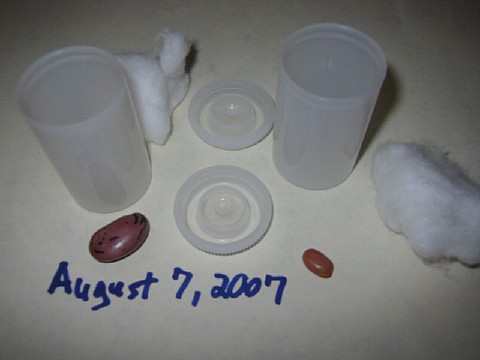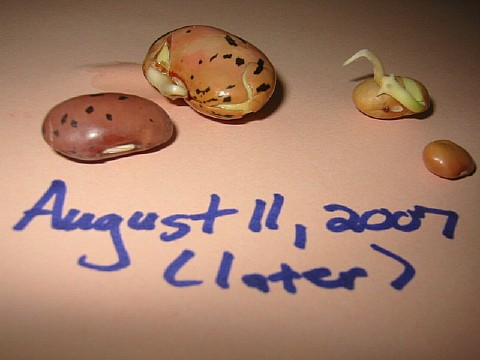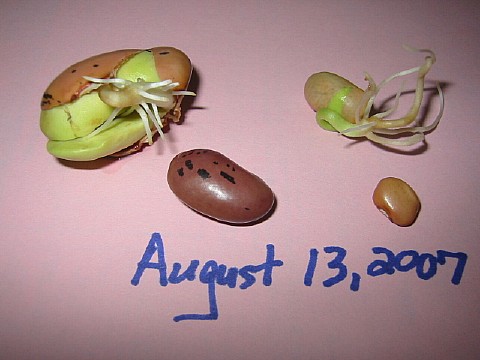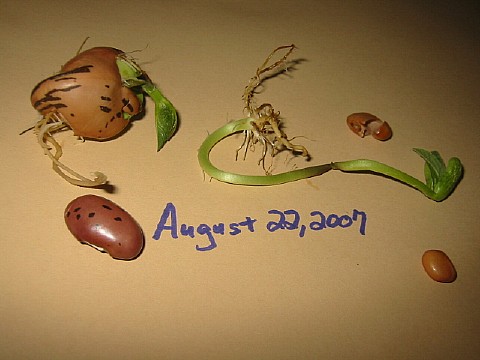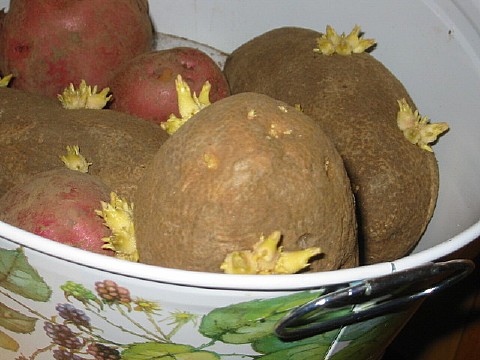FN 225:
Nutrition
Noy Rathakette, Ph.D. Health Professions Division Lane Community College Eugene, Oregon LECTURE 4A: Carbohydrates |
You can now see your score on Exam 1. You can also see the range of scores on Exam 1 by looking above Week 1. You can also see your Score in the Class After Exam 1 by clicking on "Grades" in the"Administration" block. Your score after Exam 1 includes the extra credit review quiz, but not the Study Questions 4 part 1. Check the SYLLABUS to see what letter grade that score is equivalent to. Lecture 4B will have more information about the results of Exam 1. Here's what the SYLLABUS says regarding the Policy about returning exams: To prevent exams from being
in circulation (which would decrease their reliability as an assessment
tool), you're not able to see graded exams online. Students in
campus sections are also not allowed to keep their exams. Those
of you in this area are welcome to come see me during my office
hours and you can see your exam then. Those who can not do
this can call me during my office hours. 541-463-5533. If
you're unable to call me then, call and leave me a message with your
phone number. I can call you during my office hours and leave you
a message regarding the questions you missed.
Keep in mind that the lectures for chapter 4 part 2 (Week 4) are the most time-consuming ones of the term so please plan your time accordingly. The second EXAM is Week 5. Exams are always due THURSDAY and they will start being available on MONDAY evening. If you need to take an exam late, please tell me BEFORE the due date. There is an online review quiz to be taken during week 4. FORUM (to be posted MONDAY of Week 4):
Lecture 4A has more than the usual number of Video Clips. You might find it useful to shut applications and re-start your computer before viewing this lecture. As you're looking at this lecture, have in front of you your packet, beginning with page 45. You can use this Lecture 4A to fill it in the blanks and to answer the questions in the Lecture Outline in your packet, although I will skip around just a little. The Lecture Outline in your packet begins by asking this question: If someone told you "My
carbohydrate intake is
too high", what would you assume about what they're eating?
When I've asked this question in class, the two most common things people say are: lots
of bread
lots of sweets BOTH of these kinds of foods are high in carbohydrates, but the kinds of carbohydrates are different, Bread is high in the carbohydrate starch and sweets are high in sugar. A third type of carbohydrate is fiber and it's the one that sometimes people don't think of as a carbohydrate. I
Types of Carbohydrates,
Where, in
the LECTURE OUTLINE, do you find
diabetes?which
include SIMPLE and COMPLEX Carbohydrates.
Notice that sugar is a SIMPLE Carbohydrate and starch and fiber are both COMPLEX Carbohydrates. II Processing of Foods with Carbohydrate III Digestion & Absorption of Carbohydrates IV In the Body: Glucose As Fuel Click
here if you see it
in part I.
Click here if you see it in part II. Click here if you see it in part III. Click here if you see it in part IV. I
Types of Carbohydrates
A.
SIMPLE CARBOHYDRATESNotice
that BOTH monosaccharides and disaccharides are SIMPLE CARBOHYRATES.
Glucose,
fructose and galactose are MONOsaccharides and maltose, sucrose and
lactose are DIsaccharides.
MONOSACCHARIDES As you learned in Lecture 3B, when a plant is making glucose, the plant puts the sun's energy in the bonds between the carbon atoms. It makes that glucose to get energy in a form it can use for its own growth and later reproduction. That glucose that the plant makes is critical for us because it is pretty much the only fuel for the brain and nervous system. Muscles, on the other hand, can get a lot of energy from fat, in addition to glucose. 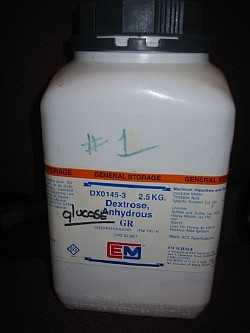 In its purified form (shown below) glucose looks and tastes much like table sugar. 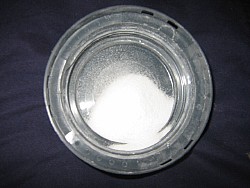 The plant makes fructose because it is the sweetest sugar and that sweetness helps to attract and thereby plays a role with reproduction. One of the places a plant puts that fructose in in the nectar of its flowers. 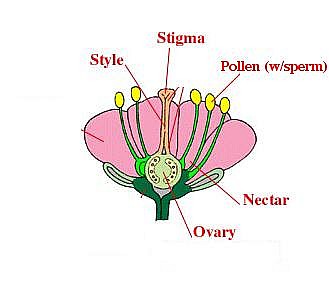 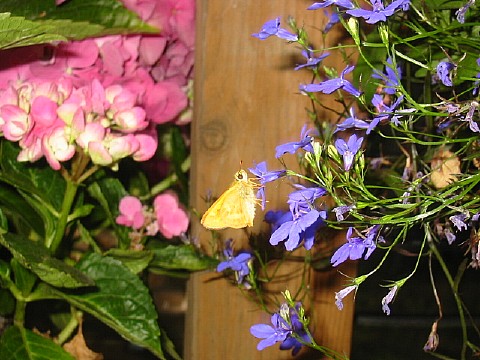 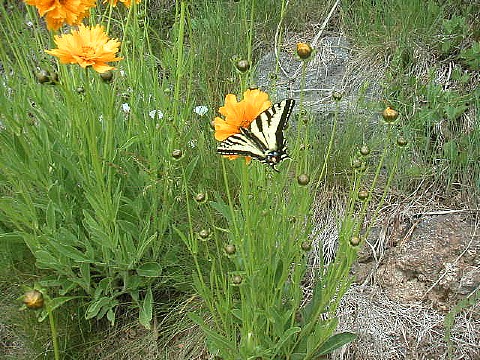 My mother was the first to
get me interested in
digital photos. She was in her eighties when she took the
above photo.
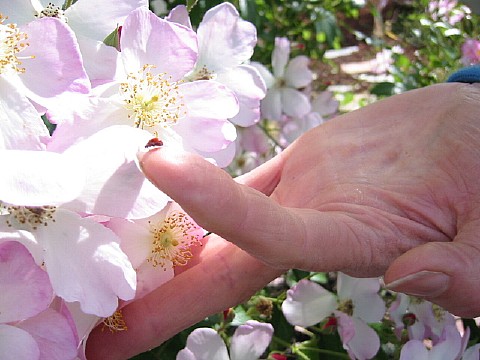  This is Taylor, the daughter of a former student. Many commercial crops that have come to rely on honeybees for pollination include almonds, blueberries, cranberries, cherries, pears, watermelons, cantaloupes, cucumbers and pumpkins. We are in the midst of a crisis as honey bees are dying at an unprecedented rate. "OSU seeks state grant to
study, boost bees", By Ilene Aleshire, The Register-Guard, June 4,
2008. Oregon
State University has asked the state for $250,000 in emergency funding
to find out why honey bees are dying at an unprecedented rate and to
find a solution.
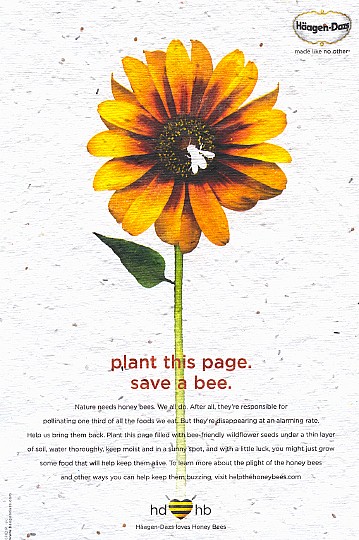 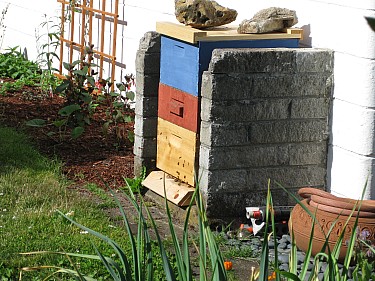 A neighbor is trying to do
her part to increase our honeybee population by putting a hive where
her garbage can used to go.
 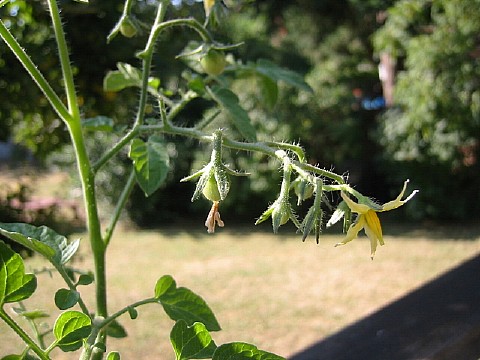 Above and below are two
examples of fruit forming
after
fertilization. Above is a tomato and below is squash.
It's
interesting that the squash begins forming even before the flower has
dried up.
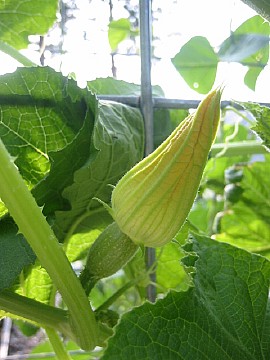  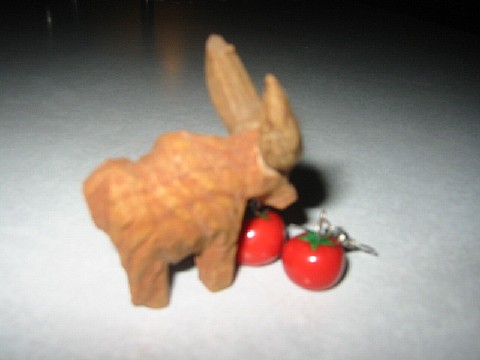 Our body (more specifically the liver) takes the fructose it gets from food and rearranges to make glucose. |
